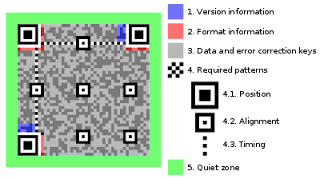AR uses a video camera and display to overlay digital content like videos, 3-D models, images, and text over the real world. It is still under development, and multiple engineers and technology companies are focused on improving the technology; but that does not mean it is not being used today.
One of the most popular and well-known uses of AR today is for interactive game play. The most popular of these games is “Pokémon Go,” developed and published by Niantic for iOS and Android devices. A close second is the IKEA app that lets you see IKEA furniture in your room.
Leap, one of the top companies in AR, produced a video of a whale leaping out of the water in the center of a school gymnasium full of high school students. They were showing in the video what a user of their Magic Leap AR glasses would have seen, as the students reacted on cue without seeing a thing. You can see the video on YouTube.
The ultimate goal of AR is to allow us to interact in new ways with our world. It may seem that AR is just a toy, but it is being used today for advancing research in medicine, weather forecast, chemistry, biology, archeology, and many other fields. During Hurricane Harvey, the National Weather Service used augmented reality to show the impact of the pending tidal surge by superimposing the simulated water level behind a reporter on the city streets. Sometimes seeing what a seven-foot storm surge looks like in your neighborhood helps convince you to evacuate.
AR is heavily used in movie and video production today, but it is not as new as many seem to believe. The first AR device was created by Ivan Sutherland and Bob Sproull in 1968. It was a head-mounted display called “The Sword of Damocles” and displayed primitive computer graphics. It’s hard to believe that AR was invented before the first videogame, “Pong,” in 1969.
It will be a long time before AR is widely used in newsprint media, but you may see The Licking News try it from time to time.


